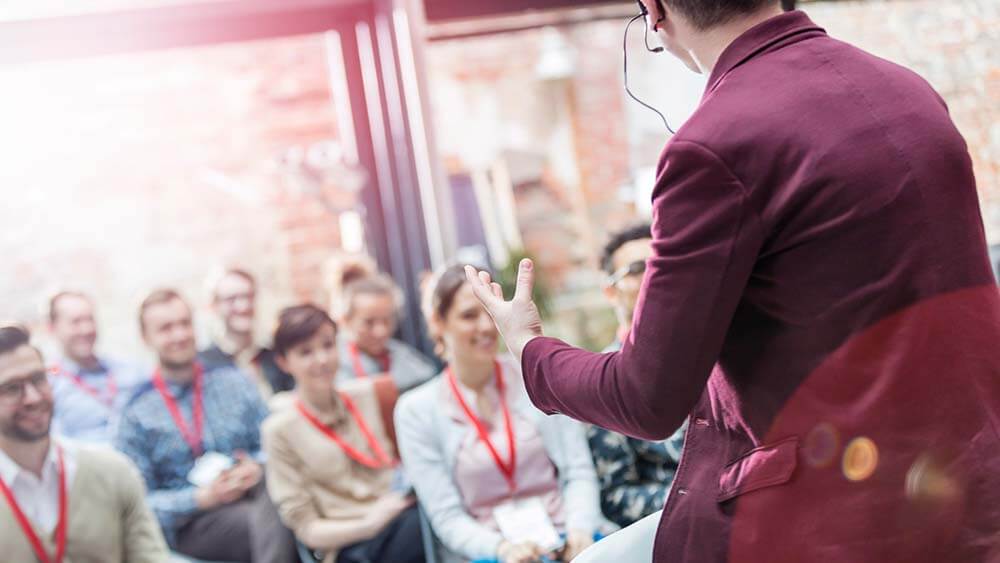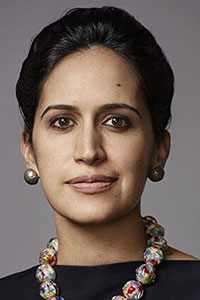
Opening a meetings properly allows participants to understand why they are there and how they can engage, says conflict resolution facilitator Priya Parker.
The way we open meetings matters, said Priya Parker, a conflict resolution facilitator and the author of The Art of Gathering, during a keynote presented at the online event Re:think Teamwork, hosted by Mural Oct. 26-27. “The biggest mistake we make every day as individual gatherers is that we assume that the purpose of the gathering is obvious and shared,” Parker told the audience. Both in person and online, “the first five percent of a meeting really matters, because it creates a sense of safety for participants, a sense of, ‘What are we doing here? Why are we here? How can I engage?’

Priya Parker
“And how we close —the last five percent of a meeting — really matters,” she said. “We open a world and we need to take time to close that world. It’s not rocket science. It can simply be asking: ‘What transpired here? What did we learn?’” Or, “It could be as simple as popping into the chat: ‘What is one thing you’re taking from this conversation today?’ Everybody sees it, it makes you think, it makes everybody else think, and helps the organizers see, ‘Oh, that’s what landed, that’s what’s relevant.’”
There is plenty of research to back up the idea that closings matter, she said. “I had an improv teacher who used to say to us: ‘Good actors think about their entrance. Great actors think about their exit,’” Parker said. That’s consistent with the cognitive bias called the “peak-end rule,” first identified by the psychologists Daniel Kahneman and Barbara Fredrickson in research conducted on how we remember events. When we look back on an event, we are biased to remember moments of peak emotional intensity — both positive or negative — and how events end.
“Gathering is contagious — poor gathering or awesome gathering,” Parker added. “And when you take a risk or you do something thoughtfully, people notice and start thinking, ‘Hmm, maybe I should do that in my context.’”
Barbara Palmer is deputy editor at Convene.
Visit the Archive
Read past installments of Meetings and Your Brain.
